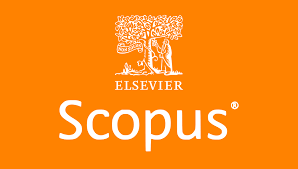Analyzing 80 cases of conventional percutaneous nephrolithotomy A Retrospective Study
Original Article
DOI:
https://doi.org/10.69885/pju.v1i02.40Keywords:
Percutaneous nephrolithotomy, Renal stone, Retrospective StudyAbstract
Objective: The goal of this study is to provide information on the safety and efficacy of percutaneous nephrolithotomy as a kidney stone treatment method in tertiary care facilities.
Study Design : A Retrospective Study
Place and Duration of study. from June 2022 to July 2023 at the urology department of the Leading reading Hospital Peshawar
Material and methods: A retrospective study was conducted from June 2022 to July 2023 at the urology department of the Leading reading Hospital Peshawar. This retrospective study included all patients who had percutaneous nephrolithotomy in the urology unit between June 2022 and July 2023. We analyzed data that was retrospectively collected from the medical record system using IBM SPSS version 28.
Results: The study included 80 patients, with 67.3% being male and 32.7% being female. A kidney stone history was present in 55% of the patients. As a result of pre-operative ultrasound, 54.3% of patients had several stones, 40.1% had one stone, 3.7% had staghorn stones, 1.2% had a duplex system, and 0.6% (n=1) had a horseshoe kidney. The majority (60%), with stone sizes between 15 and 30 mm, were less than 15 mm, while a sizable minority (16.7%) were larger than 30 mm. Stones were most often found in the renal pelvis (46.3% of cases), lower pole (18.5% of cases), pelvis and lower pole together (16.3% of cases), and staghorn (7.3%). The average haemoglobin level dropped by 1.1 g/dl between pre- and postoperative measurements, from 12.9 g/dl to 11.8 g/dl.
Conclusion: A high clearance rate and manageable complication rate may be achieved using percutaneous nephrolithotomy, an efficient treatment for a variety of abnormal stone sizes and locations in the kidneys.
Keywords. Percutaneous nephrolithotomy, Renal stone

















